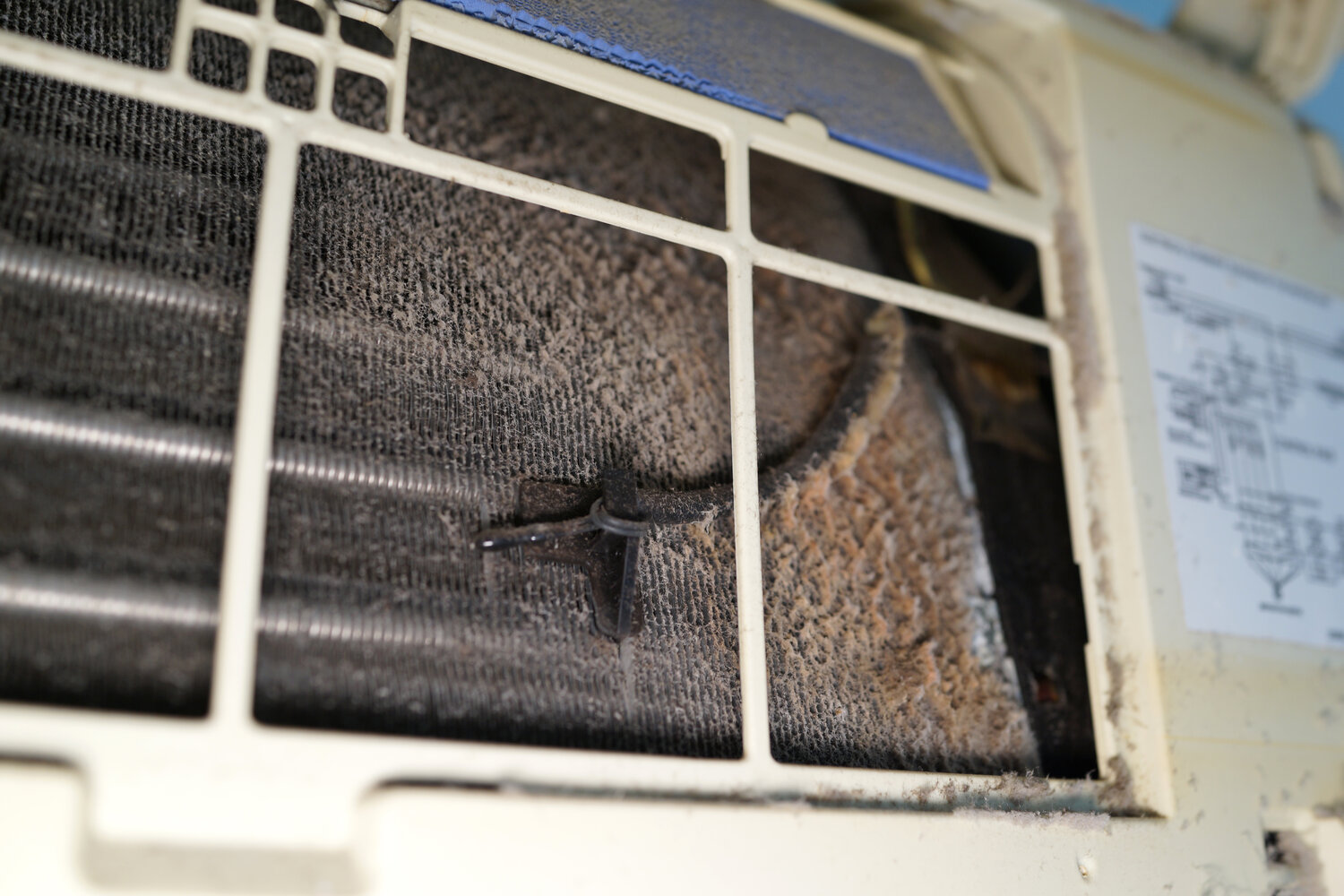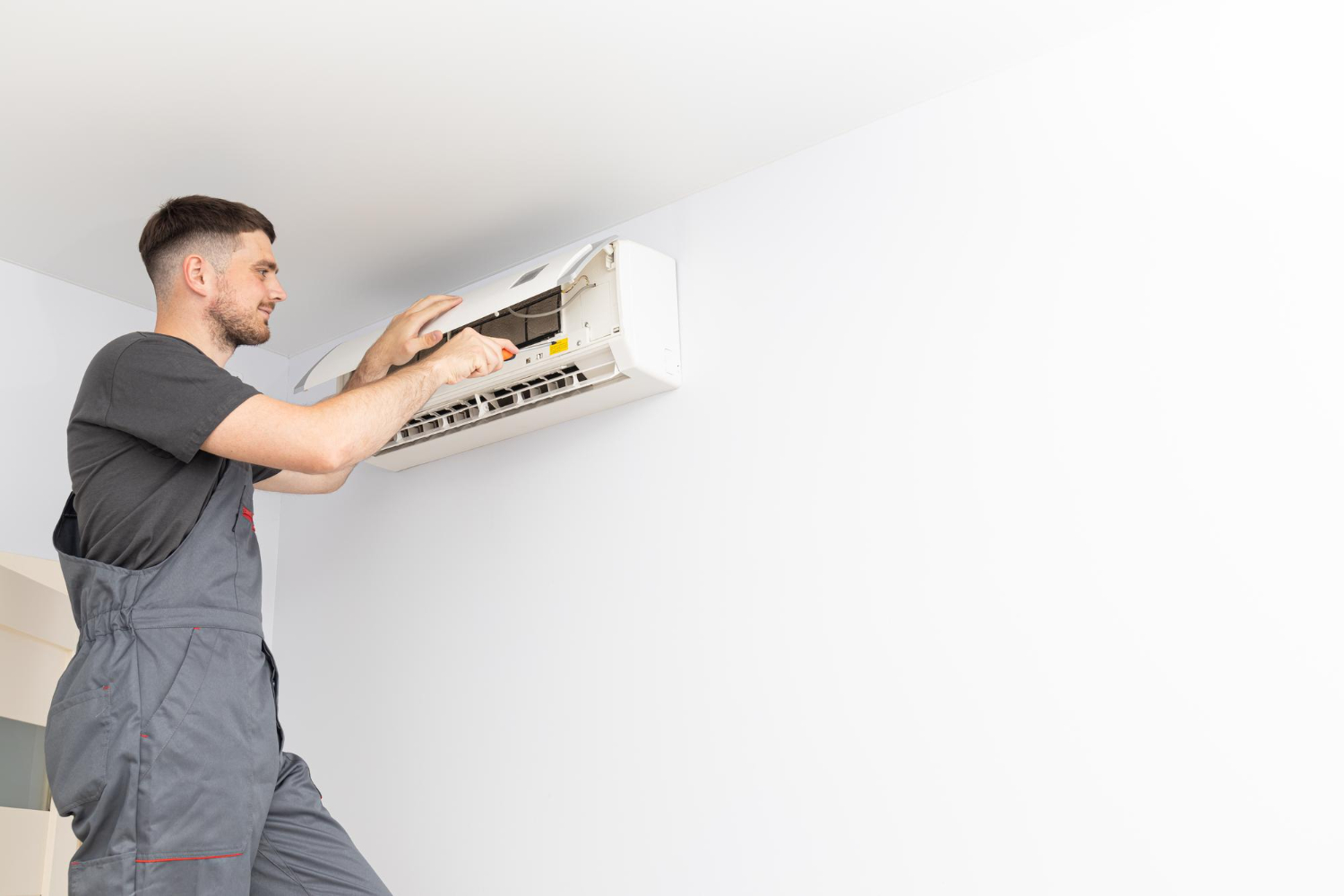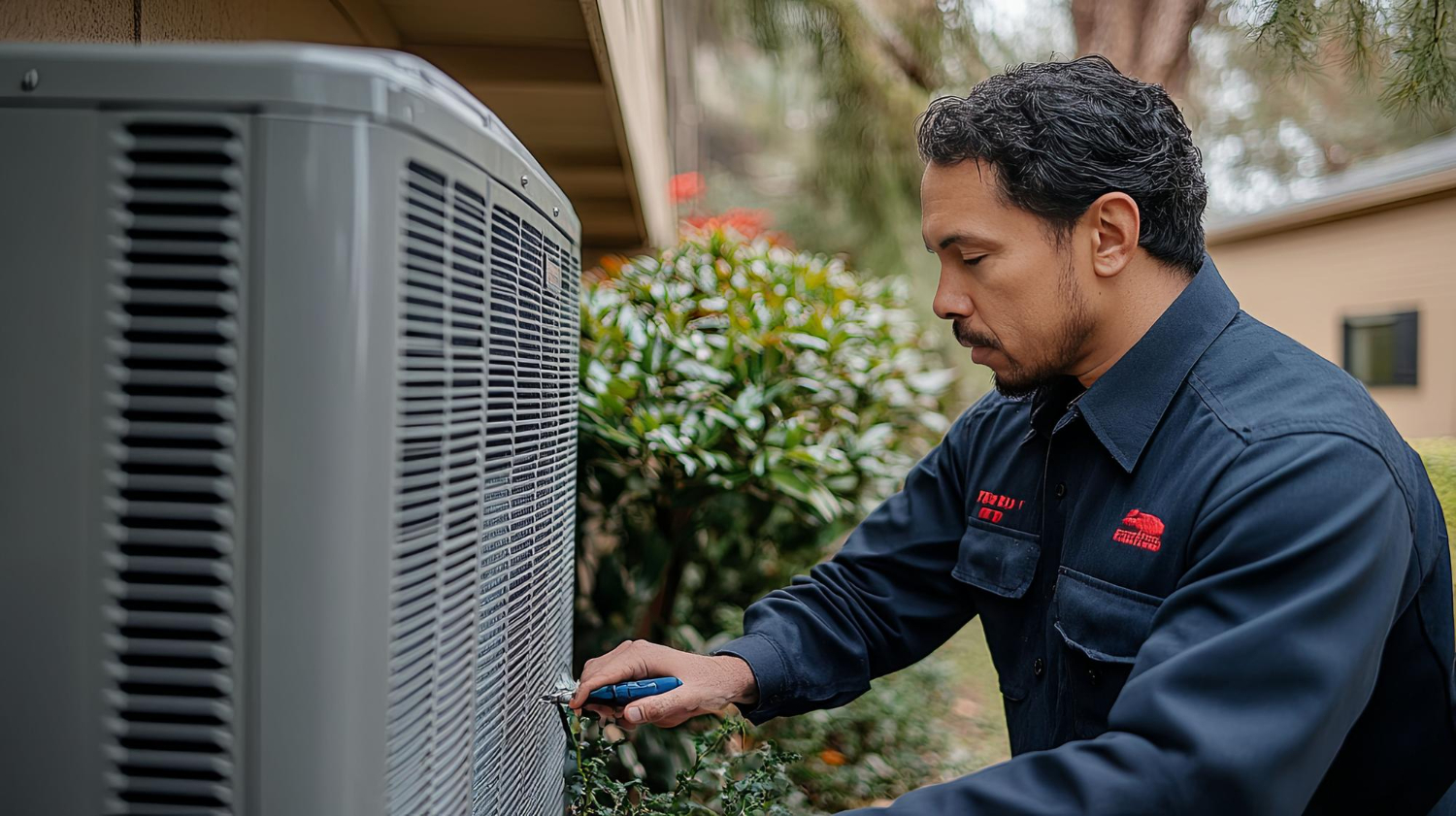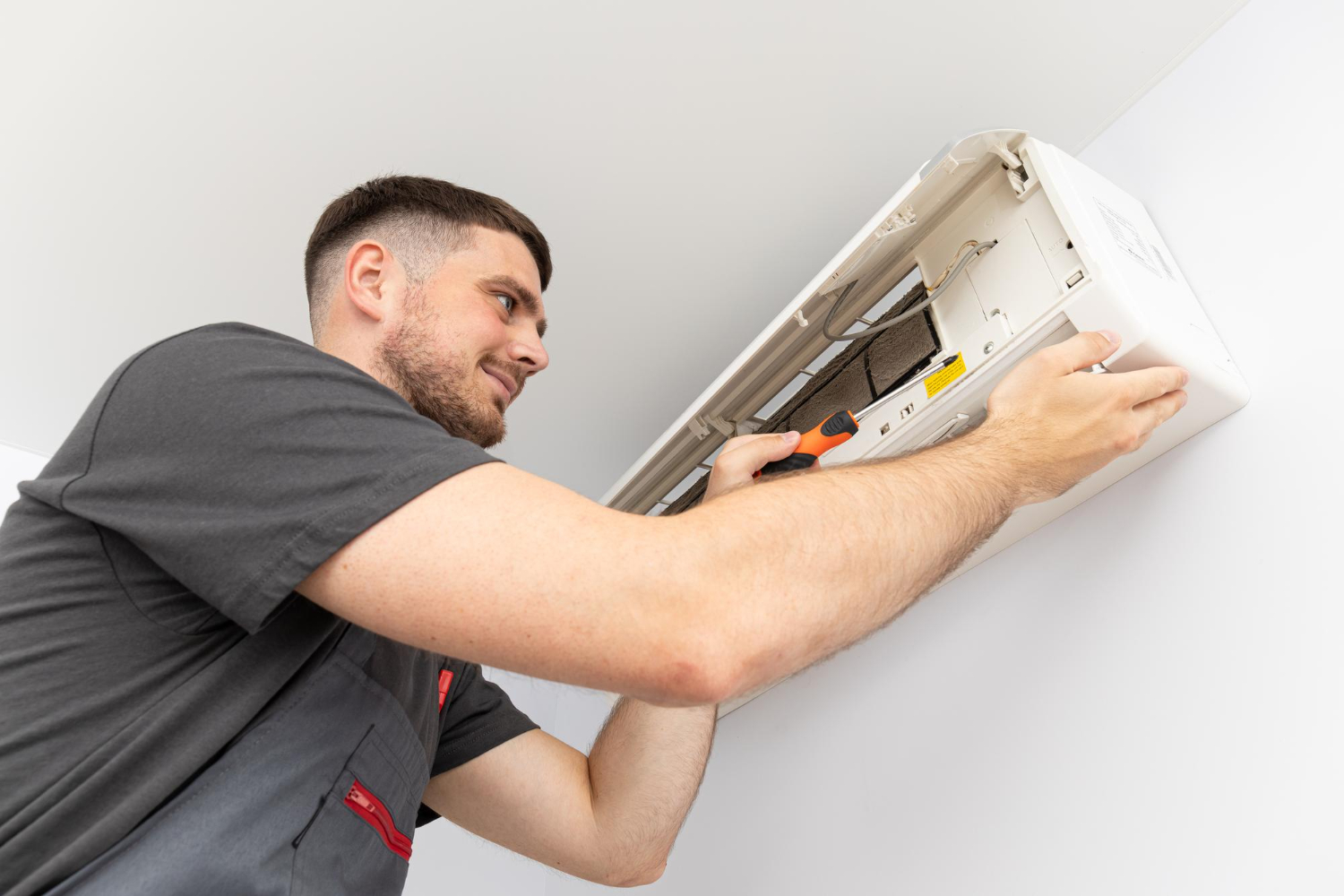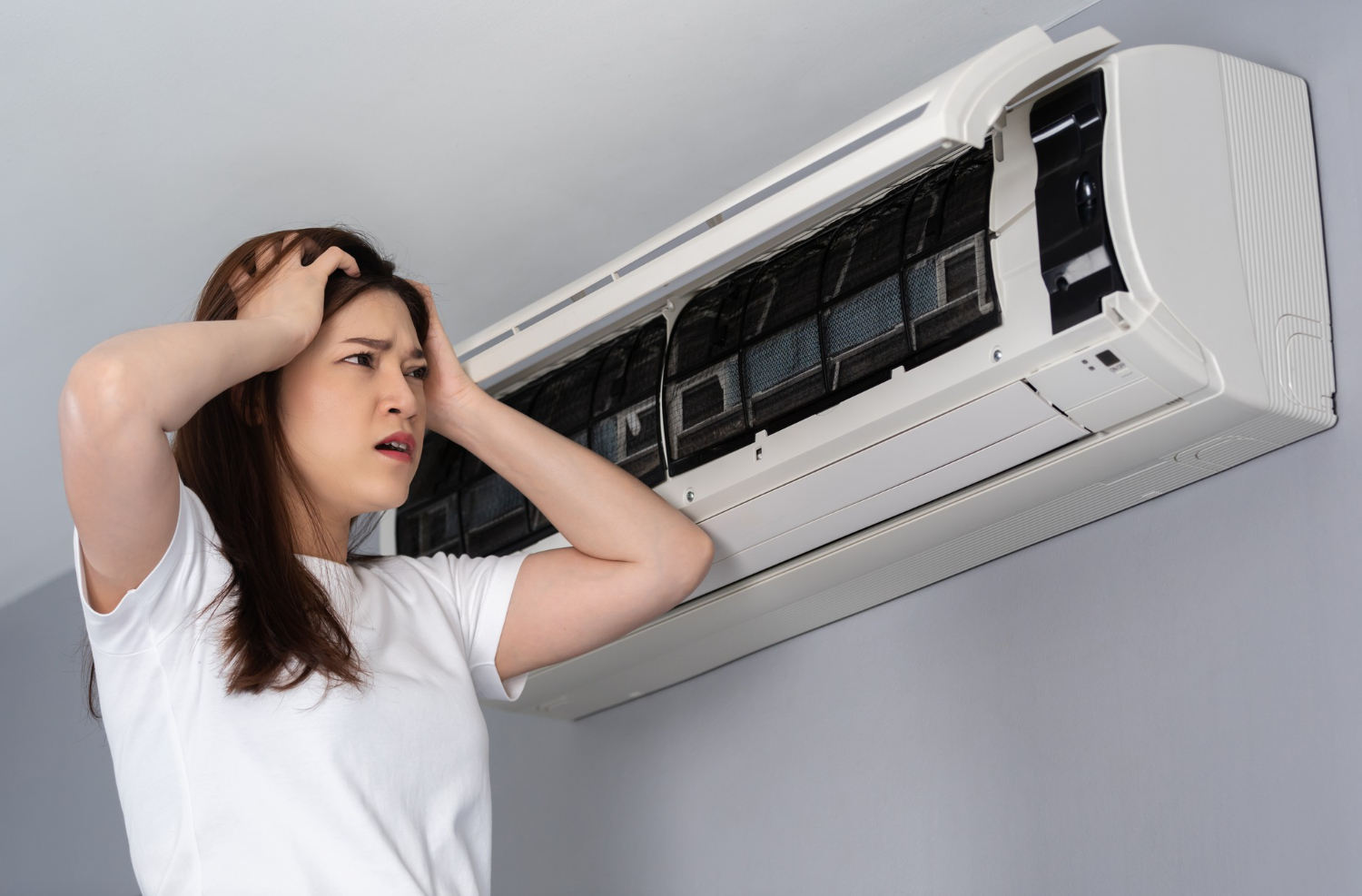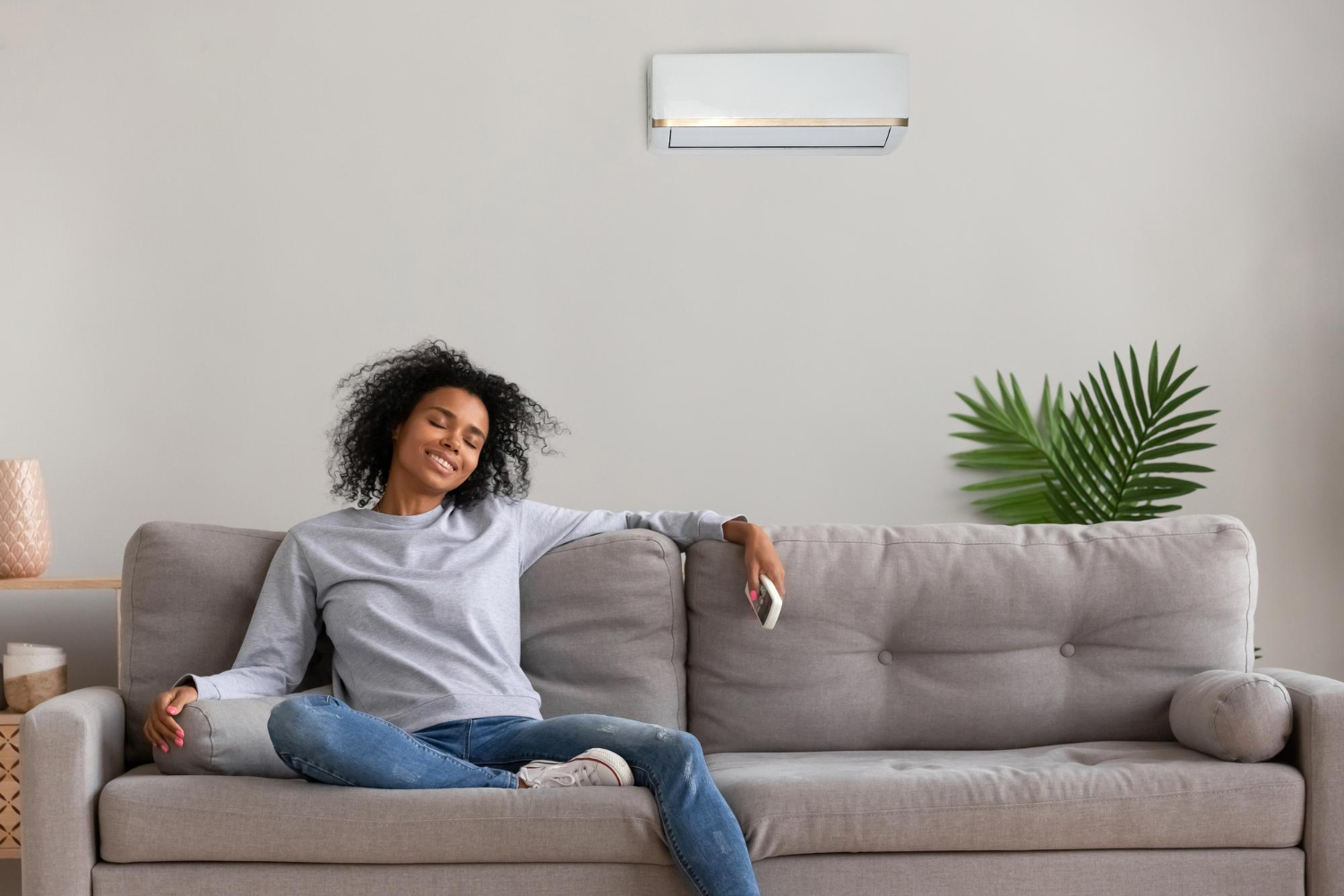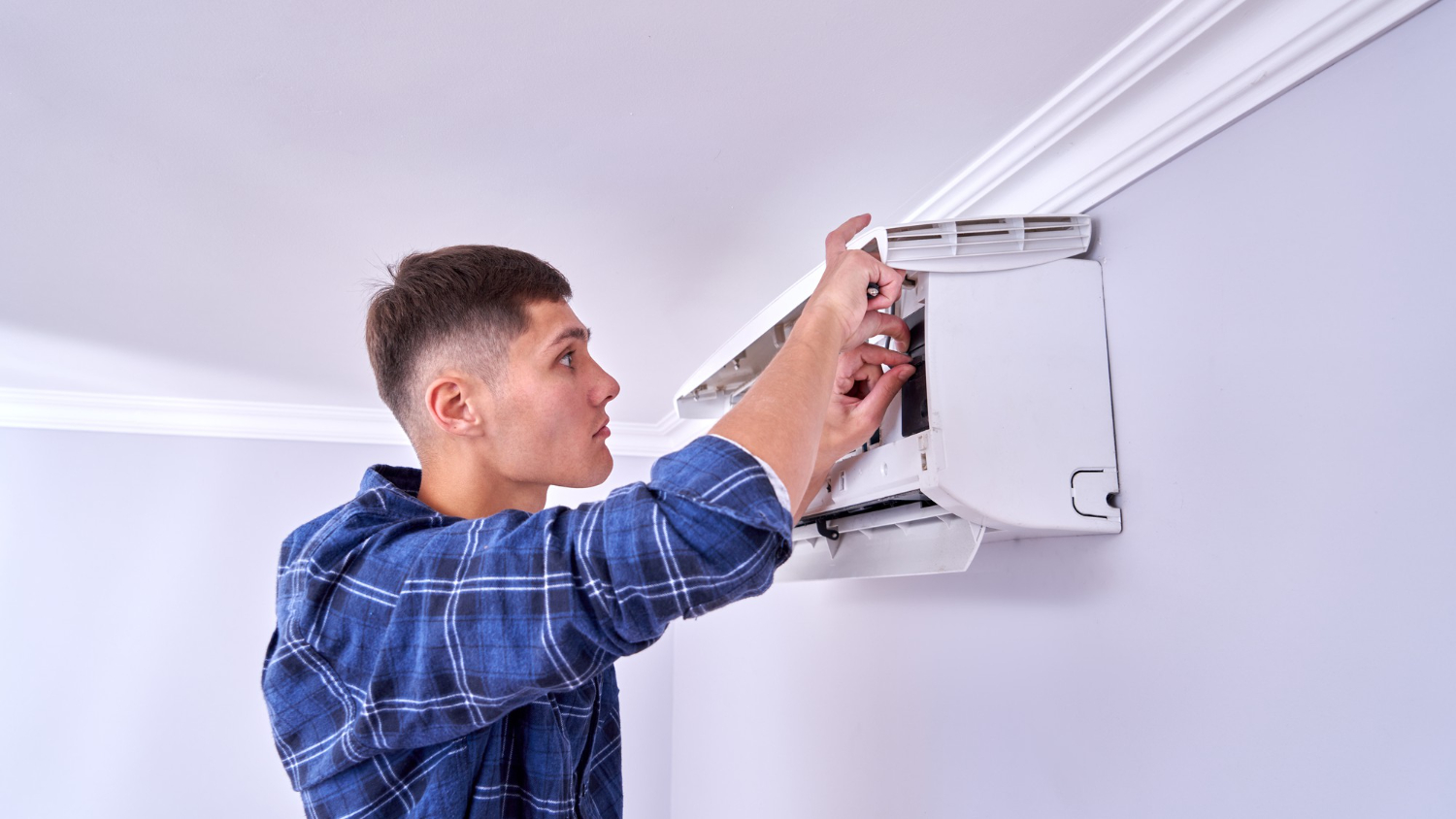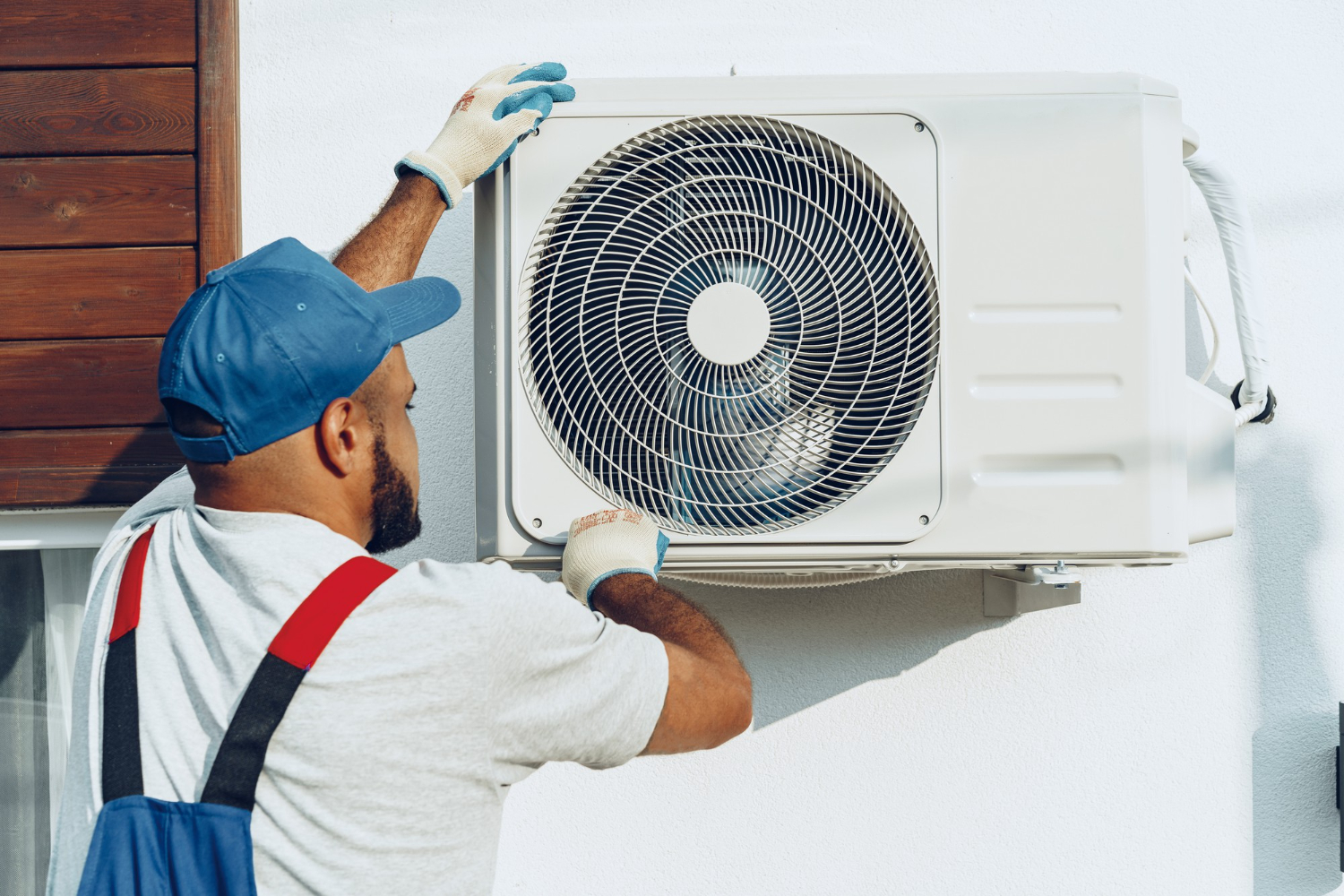During Edmonton’s summer months, air conditioners across the city stay busy keeping homes cool and comfortable. Whether it’s a central system or a ductless unit, the last thing anyone wants while trying to relax indoors is a strange odour coming from the AC vents. When unusual smells start coming through the system, it often points to a deeper issue that requires attention. Ignoring the signs might lead to damage within the unit or even air quality problems inside your home.
Strange smells don’t just go away on their own. Odours can act as early warnings that something inside the system isn’t working the right way. From buildup of debris to more serious risks like electrical faults or refrigerant leaks, the cause of these smells can vary. The important part is catching the issue early. That helps avoid larger repair needs or uncomfortable disruptions during the hottest part of the year.
Common Causes Of Strange Smells From Your Air Conditioner
Strange smells from an air conditioner should never be overlooked. Often, the smell hints at something out of place in the system. Figuring out the cause starts by knowing what different smells usually mean. Below are the most common reasons strange odours come from AC units in Edmonton.
1. Accumulated Dust and Dirt
When an air conditioner sits unused or hasn’t been maintained well, dust or dirt can collect in areas like the filters, coils, or vents. Once the AC starts running, the first thing that blows through might include old debris, causing a musty or dry smell. Dirty filters can also circulate dust throughout the house. Regular upkeep helps avoid this, but if the smell comes with weak airflow, it may point to blocked internal parts.
2. Mold or Mildew Growth
Moisture is a normal part of how an air conditioner works, but if water doesn’t drain away properly, it can collect and become stagnant. Mould or mildew can grow in the drip pan, coils, or ductwork. This is especially common during humid weeks in Canadian summers. The smell is often described as damp or dirty socks and usually gets stronger when the system runs for longer periods.
3. Electrical Problems
A smell similar to burning plastic or wiring is more serious and may suggest an electrical fault. This kind of odour usually means a component has overheated or a wire may be melting. It’s not safe to keep the system running if this type of smell appears. If it keeps happening or gets worse, turn the system off and do not attempt to restart it. Faulty wiring or broken capacitors should only be handled by trained professionals.
4. Leaking Refrigerant
A chemical smell or a slightly sweet, chloroform-like odour could point to leaking refrigerant. While not easy to identify by smell alone, refrigerant leaks create noticeable performance issues, such as warm air blowing instead of cool. Refrigerant leaks can be harmful and aren’t something homeowners should try to fix themselves.
A homeowner in the north end of Edmonton recently noticed a sharp, musty smell every time their AC kicked on. After a full inspection, it turned out mould had built up in the indoor coil area due to blocked drainage. Removing the mould and unclogging the drain fixed the smell and improved the system’s airflow. Catching the issue early kept mould from spreading through their ductwork.
How To Identify The Source Of Strange Smells
Finding out where the smell is coming from can help limit how far things go before you request a repair. These steps can help uncover whether the smell is from a surface issue like dirt buildup or something more internal.
– Perform a visual inspection. Check around the indoor unit, vents, and filters for any sign of dirt, mould, or leaks.
– Check the air filter. If it’s dirty or clogged, replace it and see if the scent improves after a few cycles.
– Listen for odd noises. Sounds like buzzing, clicking, or humming combined with strange smells could signal electrical faults.
– Pay attention to how the AC performs. If cooling feels weaker, it could relate to hidden leaks or dirty coils causing strain.
– Look for moisture or pooling water. This might show up under or near the indoor unit if there’s a blocked or leaking drain.
If initial checks don’t lead to a clear answer or if smells return after cleaning the filter, it’s likely the issue is deeper within the system. That’s when it’s best to stop using the unit and reach out to our technicians for a detailed inspection.
Smells rarely come from nowhere when it comes to AC systems. Taking the time to notice the smell’s strength, when it appears, and what changes it helps get a faster and safer resolution. If any step above feels unclear or outside your skillset, our professionals can handle each point with the right tools and experience.
When To Call Our Technicians
There are a few situations where you shouldn’t wait to bring in our technicians. If smells seem strong, don’t fade after filter changes, or return quickly after cleaning, those are signs of deeper system problems. Soft musty odours might mean moisture is still trapped inside your AC, even if it looks clean on the surface. That could grow into more serious mould or bacteria if it’s left untreated.
If what you’re smelling is clearly burning, like melting plastic or singed rubber, shut off the system right away. That type of odour often means something electrical is wrong, and continuing to run the AC can cause further damage or even pose safety risks. It’s also a major red flag if you notice a sharp chemical scent or your AC is blowing warm air even though it’s running. That could point to a refrigerant leak, which must be handled properly and never ignored.
Here are a few conditions where it makes sense to contact our technicians:
– Odours don’t go away after cleaning the filter and inspecting coils or vents.
– The smell is getting stronger with each use.
– You hear strange sounds along with the smell, such as buzzing or popping.
– There’s visible moisture or stains forming around the AC unit.
– The cooling performance drops, even though the unit cycles normally.
Trying to figure out these issues alone can lead to missed warning signs or even make things worse. If the cause isn’t obvious, having one of our technicians review the system can lower the chance of further damage to internal parts or ductwork. Timely repair also helps maintain safe indoor air, especially during Edmonton’s hotter months, when the AC runs daily.
Keeping Your Air Conditioner Smell-Free
Preventing smells in the first place costs less time and energy than dealing with big repairs later. Most odour problems start out small, but grow because small maintenance steps get skipped throughout the season. If you want to keep your AC running consistently and without unwanted smells, regular care goes a long way.
Start by replacing or cleaning the air filter every one to two months, especially during peak cooling periods. Dirty filters not only bring dust and allergens into the house but also make it easier for moisture to gather, which mould loves. In houses with pets or in areas with frequent wildfire smoke, filters might need replacing even more often.
Make sure indoor and outdoor coils stay clean. Coils carry moisture and need good airflow to stay dry. If coils are covered in dust or grime, they can hold dampness and smell before long. Applying coil cleaner during a maintenance session can help, but servicing both coils properly usually requires professional tools.
Scheduled annual check-ups from our professionals can help prevent bigger breakdowns down the line. During those visits, our technicians clean and inspect drain pans, coils, and motor parts to keep machines working at their highest level. Even if a minor smell appears during a heatwave, having a backup plan with seasonal check-ins allows us to respond quickly.
It’s also worth addressing any strange odours as soon as they show up. Waiting too long means smells could spread or affect other parts of your system. Prompt attention often results in minor repairs instead of a more complicated service later in the season. Getting ahead of the problem also helps you enjoy consistent and cleaner indoor air during Edmonton’s warm summers.
Keep Strange AC Smells From Disrupting Your Summer
Strange smells from your air conditioner can go from being a small annoyance to a clear signal that your system isn’t working right. Figuring out what’s behind the smell allows you to catch repair issues early, sometimes before cooling is even affected. But when there’s any uncertainty, reaching out to experienced, licensed professionals is the safest move.
Summer in Edmonton is short, and your cooling system should support your home comfort without adding stress. Taking action early, keeping filters fresh, and scheduling regular system checks can help you avoid unwanted surprises. Most importantly, dealing with odd smells quickly prevents small problems from growing into larger, more expensive ones.
During a hot summer in Edmonton, catching any signs of trouble in your cooling system early can help avoid larger problems later on. If you notice persistent smells or reduced performance despite regular care, you might benefit from air conditioner repair in Edmonton to address hidden issues before they escalate. Mobil Heating & Air Conditioning Inc. understands how important it is to maintain safe, efficient cooling, and our professionals are ready to inspect your unit for any overlooked faults. For a quick estimate or to book a service visit, please contact us today.

